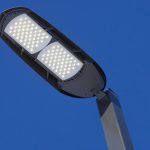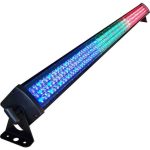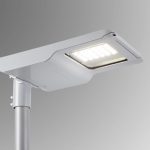1000 Watt LED Light Amp Draw: Understanding Power Consumption

The world of lighting has undergone a massive transformation in recent times with the introduction of LED lights. LED lights are known for their energy efficiency, low heat output, and long lifespan. The 1000 watt LED light is one of the most popular types of LED lights used in various settings such as indoor gardening, sports facilities, and outdoor events. However, understanding the power consumption of these lights is crucial to ensure that they are used efficiently and effectively. One of the essential factors to consider when using 1000 watt LED lights is their amp draw. Amp draw refers to the amount of electrical current that the light draws from the power source. Understanding the amp draw of your LED light is critical in determining the amount of electricity it consumes and how much it will cost you. In this article, we will delve deeper into the concept of 1000 watt LED light amp draw and explore how it impacts power consumption. We will also provide insights on how to calculate the amp draw and offer tips on how to use your LED lights efficiently.
Understanding power consumption is crucial in many aspects of our lives, especially when it comes to energy efficiency and cost savings. It is particularly important in the context of high-powered devices such as 1000 Watt LED lights, where the amount of energy consumed can have a significant impact on both the environment and the user’s wallet. By comprehending the power consumption of a device and how it affects the electricity bill, users can make informed decisions about their energy usage and take steps to reduce their carbon footprint. Additionally, understanding power consumption can help individuals and businesses to choose more efficient devices and appliances, leading to long-term cost savings and a more sustainable future.
A 1000 watt LED light is a powerful lighting system that is designed to provide intense and bright light for various applications. It is commonly used in commercial and industrial settings, including warehouses, workshops, and manufacturing plants, as well as for outdoor lighting such as sports arenas and parking lots. The LED technology used in these lights provides energy efficiency and durability, making them a popular choice for those looking for long-lasting and cost-effective lighting solutions. The high wattage of these lights means that they can illuminate large areas, making them perfect for applications where a lot of light is needed. However, it’s important to understand the amp draw and power consumption of these lights to ensure they are used safely and efficiently.
What is Amp Draw?
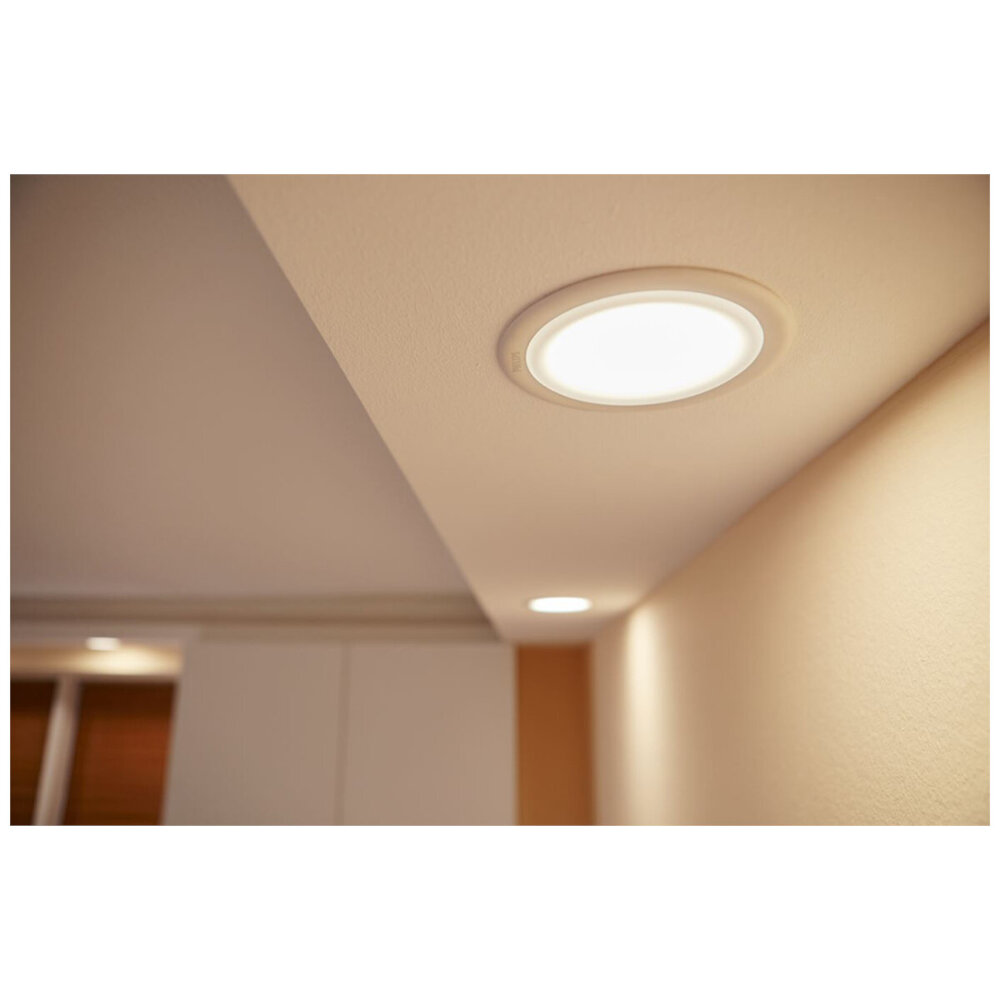
When it comes to electrical devices, understanding the amount of power they consume is crucial. This is where the concept of amp draw comes into play. Amp draw refers to the amount of electrical current that a device draws from a power source. It is measured in amperes, or amps for short. The higher the amp draw of a device, the more power it consumes, and the more strain it puts on the power source. In the context of 1000 watt LED lights, amp draw is an important factor to consider. These lights are highly energy-efficient, but they still draw a significant amount of current from the power source. Knowing the amp draw of a 1000 watt LED light allows you to determine the appropriate power source for it and prevent overloading of the circuit. It also helps in calculating the operating cost of the light, as the higher the amp draw, the more expensive it is to run the light. Therefore, understanding the concept of amp draw is essential for anyone working with electrical devices, especially high-powered LED lights like the 1000 watt LED light.
Amp draw refers to the amount of electrical current being drawn by an electrical device. It is measured in amperes (A) and is an indication of how much power the device is consuming. The higher the amp draw, the more power the device is using. In the case of a 1000 watt LED light, understanding its amp draw is crucial in determining its power consumption. This is because the power consumption of an electrical device is calculated by multiplying its voltage by its amp draw. Therefore, the higher the amp draw of the LED light, the more power it will consume and the higher its energy costs will be. It is important to be aware of the amp draw of electrical devices to ensure that they are being used efficiently and not wasting unnecessary energy.
Understanding amp draw is crucial for electrical systems, especially when it comes to power consumption. Amp draw is the measurement of the amount of electrical current that a device or circuit consumes. This measurement is essential because it determines the amount of power that is being used and the strain that is placed on the electrical system. If the amp draw is too high, it can cause excessive heat, damage to the device, or even a complete system failure. Additionally, understanding amp draw can help individuals to make informed decisions about the types of devices they use and how they use them, ultimately leading to a more efficient and effective electrical system.
Calculating Amp Draw for a 1000 Watt LED Light
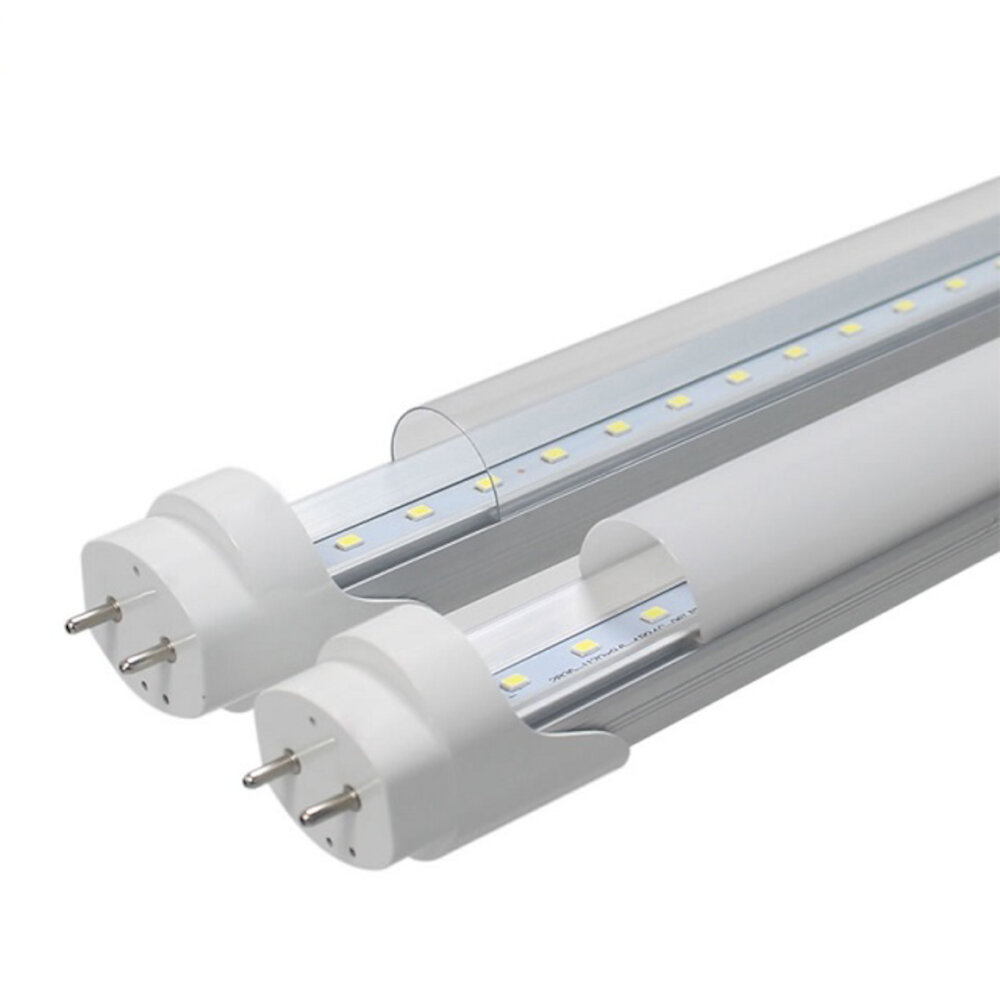
When it comes to calculating the amp draw for a 1000 watt LED light, there are a few factors that need to be taken into consideration. The first thing to consider is the voltage of the power source. Typically, most LED lights run on 12 or 24 volts DC, but it’s important to check the specifications of your specific light to ensure that you know the voltage you’re working with. Once you know the voltage, you can use Ohm’s law to calculate the amperage. Ohm’s law states that amperage (A) equals wattage (W) divided by voltage (V). So, for a 1000 watt LED light running on 12 volts, the amperage draw would be 83.33 amps (1000W ÷ 12V = 83.33A). Another factor to consider when calculating amp draw for a 1000 watt LED light is the efficiency of the light itself. LED lights are known for their high efficiency, meaning they can produce a lot of light using relatively low amounts of power. However, this efficiency can vary depending on the specific light and its design. It’s important to check the efficiency rating of your LED light to get an accurate idea of how much power it will use. Additionally, it’s worth noting that LED lights can draw more power when they are first turned on, as they require a surge of power to activate. This surge can be up to double the normal operating amperage, so it’s important to factor this in when calculating the overall power consumption of your LED light.
The formula for calculating amp draw is essential in understanding the power consumption of 1000 Watt LED lights. Amp draw refers to the amount of current consumed by an electrical device, and it is calculated by dividing the power consumption in watts by the voltage in volts. Therefore, the formula for calculating amp draw is Amps = Watts / Volts. This formula helps to determine the amount of power a 1000 Watt LED light will consume based on the voltage supplied to it. By understanding the amp draw of these lights, users can make informed decisions on power requirements and ensure that the electrical system is not overloaded, leading to potential hazards.
When it comes to calculating the power consumption of a 1000 watt LED light, there are a few factors to consider. Firstly, it’s important to note that LED lights are much more energy-efficient than traditional incandescent bulbs, so a 1000 watt LED light will actually draw significantly less power than a 1000 watt incandescent bulb. To calculate the amp draw of a 1000 watt LED light, you’ll need to divide the wattage by the voltage. For example, if the LED light is operating at 120 volts, the amp draw would be 8.33 amps. It’s also worth noting that many LED lights come with built-in power supplies or drivers that can impact the amp draw, so it’s important to check the manufacturer’s specifications for accurate calculations.
Several factors can affect the amp draw of a 1000 Watt LED light, which in turn affects its power consumption. One of the most significant factors is the temperature of the environment in which the light is being used. Higher temperatures can cause the amp draw to increase, which means more power is being consumed. Another factor is the type of power source being used. If the power source is unstable, it can cause fluctuations in the amp draw, leading to inconsistent power consumption. Additionally, the quality of the wiring and connections can also impact the amp draw, so it’s essential to ensure that everything is properly installed and maintained. To account for these factors, it’s important to monitor the amp draw regularly and make adjustments as needed to maintain optimal power consumption.
Managing Power Consumption of 1000 Watt LED Lights
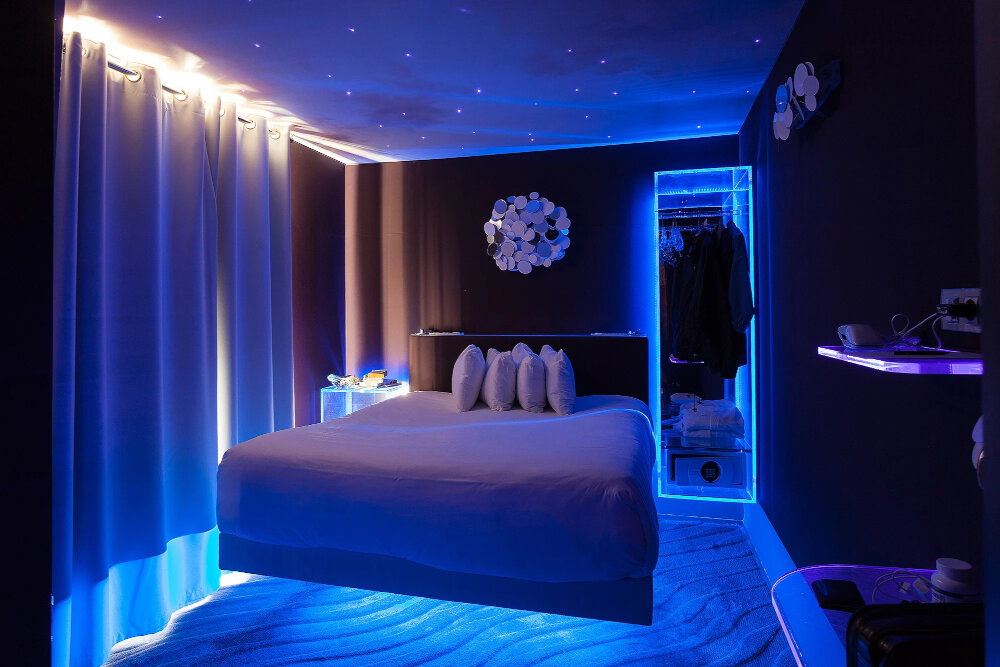
Managing power consumption is crucial when it comes to using 1000 Watt LED lights. These lights are incredibly powerful and can consume a significant amount of energy, increasing your electricity bills. Therefore, it is essential to take measures to manage power consumption effectively. One way to do this is by using dimmers and timers to regulate the amount of power used. Dimmers help to adjust the brightness of the light according to your needs, while timers can be used to turn off the lights automatically when not in use. This way, you can save a considerable amount of energy and reduce your electricity bills. Another way to manage power consumption is by using energy-efficient LED lights. LED lights are known for their energy efficiency and can significantly reduce power consumption compared to traditional lights. Moreover, LED lights have a long lifespan, which means you don’t have to replace them frequently, further reducing your energy costs. Additionally, it is essential to ensure that your 1000 Watt LED lights are installed correctly to prevent any energy loss due to wiring issues or other electrical problems. By taking these measures, you can efficiently manage the power consumption of your 1000 Watt LED lights and enjoy their benefits without worrying about high energy bills.
Reducing power consumption of 1000 watt LED lights can be achieved by implementing a few simple tips. Firstly, consider installing a timer or motion sensor to control the on/off cycle of the lights. This ensures that the lights are only operating when necessary, reducing overall power usage. Secondly, use high-quality LED bulbs that have a lower wattage rating while still providing the required level of brightness. Thirdly, ensure that the lights are properly maintained and cleaned to ensure maximum efficiency. Lastly, consider using alternative lighting sources, such as natural light or lower wattage bulbs, in areas where the 1000 watt LED lights are not necessary. These tips can significantly reduce power consumption and ultimately save money on energy bills while still providing adequate lighting for the space.
To maximize efficiency when using and maintaining LED lights, there are several best practices to keep in mind. Firstly, it is essential to ensure that the LED fixtures are properly installed according to the manufacturer’s instructions. This includes proper wiring and grounding to prevent any electrical issues. Secondly, it is important to regularly clean and inspect the LED lights to remove any dirt, dust, or debris that may accumulate on the surface of the fixture, which can decrease its efficiency. Additionally, using a dimmer switch or timer to control the amount of light emitted can also help to reduce energy consumption and prolong the lifespan of the LED lights. Finally, it is important to use high-quality LED bulbs and fixtures that are designed for longevity and energy efficiency, as these will provide the best results in terms of both performance and cost-effectiveness. By following these best practices, users can ensure that their LED lights operate at maximum efficiency while minimizing energy consumption and maintenance costs.
Understanding power consumption and amp draw is crucial not only for the operational efficiency of electrical devices but also for their safety. Failure to understand these concepts can lead to electrical failures, such as short circuits, overheating, and even fires. When it comes to high-powered devices like 1000 Watt LED lights, it is particularly important to know the amp draw to ensure that the electrical system can handle the load. By understanding power consumption and amp draw, individuals can also make informed decisions about energy usage and cost savings. It is essential to take the time to learn about these concepts and their implications to ensure the safe and efficient use of electrical devices.
In conclusion, managing power consumption for 1000 watt LED lights is critical to ensure optimal performance and longevity of the lighting system. By understanding the amp draw of the lights and implementing energy-saving strategies such as dimming and scheduling, users can significantly reduce their electricity bills and minimize their carbon footprint. It is important to also select high-quality LED lights with efficient power supplies and cooling systems to avoid overheating and premature failure. Regular maintenance and monitoring of the lighting system can help detect and address any issues before they escalate, ensuring safe and efficient operation. Overall, effective power management practices can enhance the performance and reliability of 1000 watt LED lights, while also promoting sustainability and cost savings.
Conclusion
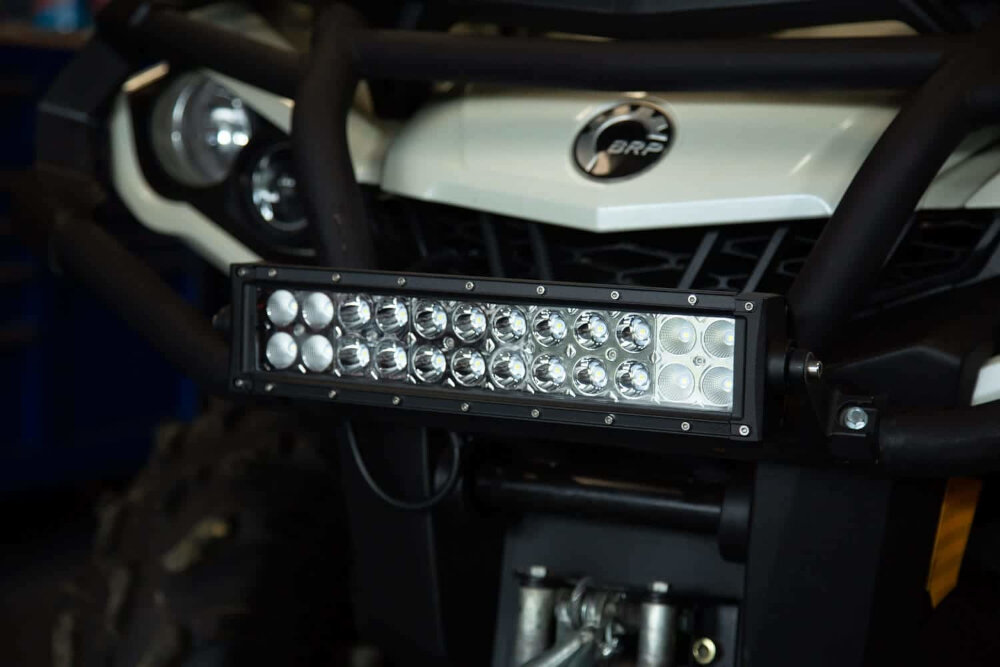
In conclusion, understanding the power consumption of a 1000 Watt LED light amp draw is essential for optimizing its performance and minimizing energy costs. The amp draw, voltage, and wattage of the LED light all play a critical role in determining its energy consumption and overall efficiency. By carefully monitoring and managing these factors, users can ensure that their LED light is operating at peak performance and consuming energy in a sustainable and cost-effective manner. Whether you are using an LED light for industrial, commercial, or personal purposes, taking the time to understand its power consumption is a crucial step in maximizing its potential and minimizing its environmental impact.

